Articles
I had given up on shooting swimming seadragons with the Nauticam EMWL due to the back-focus issue, Kurnell (South Sydney), Australia (Nikon Z9, modified Nikon Z 105mm f/2.8, Nauticam EMWL with 160° objective lens, f/18, 1/60s, ISO 640)
In my recent reviews of the Nikon Z8 and Nikon Z9, I noted only a few negatives. One of them was a back-focus issue when using the Nauticam EMWL, a wet “bugeye” lens that has become an essential part of my underwater photography kit. The issue is due to a physical phenomenon called focus-shift, and it is known to affect Nikon’s mirrorless cameras. I was still able to use the EMWL for static subjects, but for subjects on the move, there seemed to be too much guesswork involved—which was a shame considering that continuous tracking is very much the forte of the Z8 and Z9.
I reported that Nauticam were working on a solution for Nikon Z users, and the company has now come up with a modified version of the Nikon Z 105mm macro lens where the minimum aperture has been changed from f/2.8 to f/11, which is designed to fix the focus-shift issue. I would like to thank Nauticam for sending me a prototype version of this lens for the purpose of writing this review.
The modified lens, with Nauticam focus gear attached
The Mod
When focusing, Nikon Z cameras open up to an aperture of f/5.6, while I recommend shooting the EMWL between f/14 and f/20. The difference between the focusing aperture and the shooting aperture is what gives rise to focus-shift. By preventing the lens from opening wider than f/11, the difference between the focusing and shooting apertures is reduced, thereby alleviating focus-shift. This is achieved by inserting a mask inside the lens that is about the size the diaphragm would have at f/11. This mask is visible if you look inside the lens.
You can still select any aperture between f/2.8 and f/11 (the camera doesn’t “know” about the mask), but in practice you get the depth of field and exposure that you would get at f/11. Apertures higher than f/11 aren’t affected.
Great to have the EMWL with me when I encounter a six-foot-long bull ray in the middle of a macro dive, Kurnell (South Sydney), Australia (Nikon Z9, modified Nikon Z 105mm f/2.8, Nauticam EMWL with 160° objective lens, f/18, 1/80s, ISO 640)
Results with the EMWL
I took the modified Z 105mm for multiple dives, first in Sydney, Australia (10–25 feet visibility), and then in Lembeh, Indonesia (25–50 feet visibility), with a total of 14 dives, including three night dives. Good news: The “mod” did the trick. With the Nikon Z9, I was able to reliably lock focus on static subjects as well as use AF-C 3D to continuously track moving subjects accurately. What’s more, the Z9’s animal detection system occasionally picked up and accurately focused on a subject, through the EMWL.
In continuous tracking mode (AF-C 3D), I could select the eye of this goatfish at night, approach, recompose, and get tack-sharp photos, most of the time, Chowder Bay, Sydney, Australia (Nikon Z9, modified Nikon Z 105mm f/2.8, Nauticam EMWL with 100° objective lens, f/18, 1/160s, ISO 500)
When I was in position and waiting for this blenny to come out, the Nikon Z9 was able to recognize the fish as a subject and automatically focus on its eye. It was great to see this functionality working despite the aperture limitation, and considering the many optical elements of the EMWL, Lembeh Strait, North Sulawesi, Indonesia (Nikon Z9, modified Nikon Z 105mm f/2.8, Nauticam EMWL with 160° objective lens, f/18, 1/25s, ISO 640)
Impact on Normal Macro Shooting
One drawback of the modified Z 105mm is that it restricts the lens’ ability to produce the most creamy/dreamy bokeh shots, as you can no longer access the widest apertures. That being said, a very blurred background can still be achieved at f/11, depending on how close you get to your subject, and how distant the background is.
The other consequence is that the camera can’t use as much ambient light to aid autofocusing in regular macro or supermacro work. In practice, I did notice the focusing was slightly more hesitant (fish portraits), as if I was shooting with lower ambient light. However, low-light macro AF is one of the Nikon Z9’s strengths (ditto for the Z8), so the Z9/modified Z 105mm pair remains a very capable macro shooting combo.
My wife Léna nailed this portrait of a toadfish swimming erratically in midwater at night, demonstrating that the modified Z 105mm remains an excellent lens for fish portraits, despite the limited aperture range, Chowder Bay, Sydney, Australia (Nikon Z9, modified Nikon Z 105mm, f/20, 1/160s, ISO 800)
Final Thoughts
The modification of the Z 105mm f/2.8 macro lens offered by Nauticam enables full use of the EMWL on a Nikon Z camera. It does limit the lens’ use for bokeh shots, but you still get a very flexible setup, with the ability to shoot traditional macro, supermacro (using a diopter), bugeye, and close-focus wide-angle shots—all on the same dive.
For the best advice on how to get your lens modified, specific to where you live, contact Nauticam or your Nauticam dealer.
Finally! I could track moving subjects like this wunderpus and get a majority of sharp pictures, Lembeh Strait, North Sulawesi, Indonesia (Nikon Z9, modified Nikon Z 105mm f/2.8, Nauticam EMWL with 160° objective lens, f/16, 1/25s, ISO 800)
About the Reviewer: Nicolas Remy is an Australia-based pro shooter and founder of online underwater photography school The Underwater Club. His images have been widely published in print and digital media, and have won over 35 international photo awards. To see more images by Nicolas and his wife Léna, visit their website, www.nicolaslenaremy.com.
|
|||||||||
|
|
|
|||||||
RELATED ARTICLES
Featured Photographer

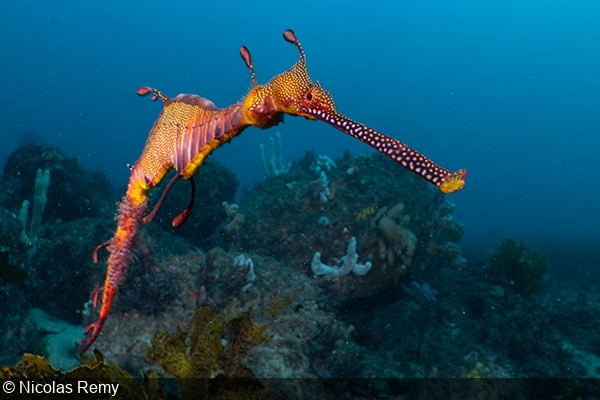



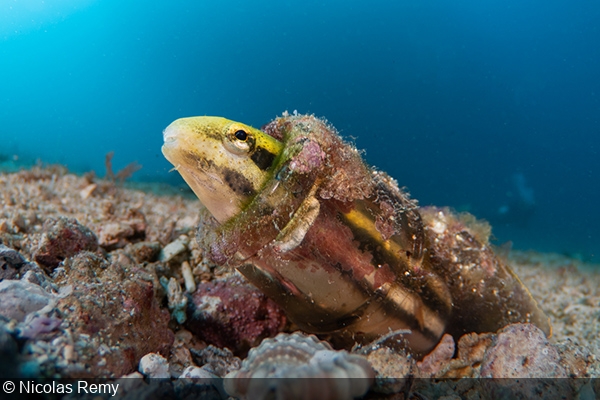
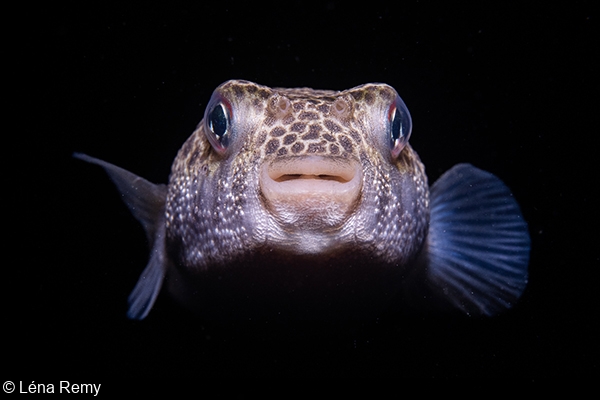

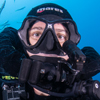


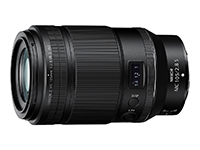

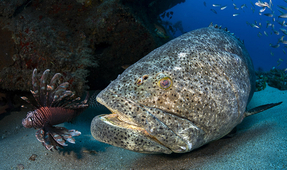
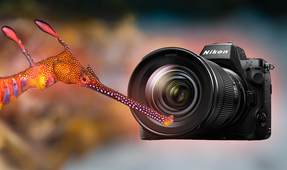
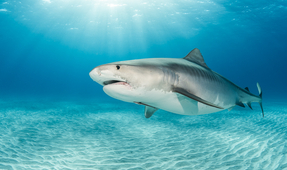
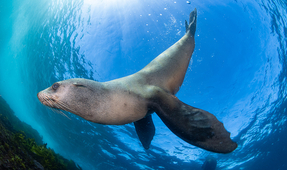
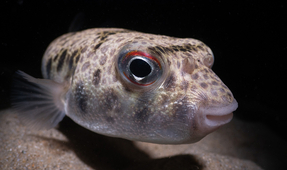
 Antarctica
Antarctica




